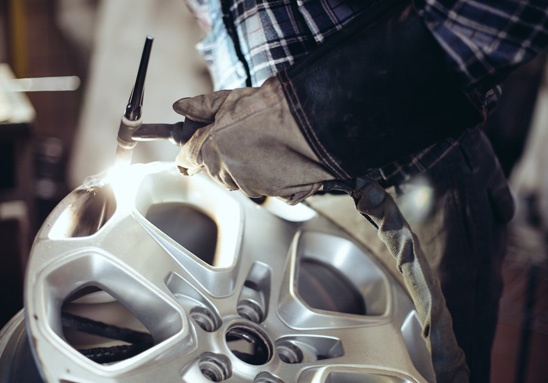types of oil seals
Understanding the Types of Oil Seals A Comprehensive Guide
Oil seals are critical components used in various machinery and automotive applications, designed to prevent the escape of lubricating oil and keep contaminants out. They are essential for maintaining the efficiency, longevity, and reliability of mechanical systems. This article delves into the different types of oil seals, highlighting their functions, materials, and applications.
1. Basic Definition and Functionality
An oil seal, also known as a fluid seal or grease seal, consists of a rubber or synthetic elastomer body and a metal casing, with a spring in many cases. Its primary purpose is to retain oil within machinery and prevent dirt, dust, and other contaminants from entering. This function is pivotal in ensuring that machinery operates smoothly, minimizing wear and tear that could lead to costly repairs and downtime.
2. Types of Oil Seals
There are several types of oil seals, each designed for specific applications and requirements
a. Static Oil Seals Static oil seals are used in applications where there is no relative motion between the sealing surfaces. Commonly found in hydraulic applications, these seals feature a simple design that effectively prevents leakage. O-rings are a well-known type of static seal, widely used in various industries for their versatility and reliability.
b. Dynamic Oil Seals Dynamic oil seals are designed for applications where there is relative motion between the sealing surfaces, such as rotating shafts in engines. These seals must withstand the forces of rotation while maintaining a tight seal to prevent oil leakage. Common types of dynamic oil seals include
- Lip Seals These feature a flexible lip that forms a tight contact with a rotating shaft. Lip seals can be further categorized into single-lip and double-lip seals, with the latter providing enhanced sealing capabilities. - V-Rings V-rings provide a unique solution for sealing against rotating shafts, offering flexibility and adaptability. Their design allows them to accommodate slight shaft misalignments, making them effective in various conditions.
- Rotary Seals Often used in machinery with rotating components, these seals can withstand high speeds and pressures. They are common in automotive applications, such as engine seals and transmission seals.
types of oil seals

- Aqua Seals Designed for applications where both oil and water may be present, these seals offer superior protection against contamination.
- High-Temperature Seals Engineered for environments exposed to high temperatures, these seals are made from specialized materials that can withstand heat without losing their sealing properties.
3. Materials Used in Oil Seals
The material selection for oil seals is crucial for their performance. Common materials include
- Nitrile Rubber (NBR) This is one of the most widely used materials for oil seals due to its excellent resistance to petroleum oils and good mechanical properties. - Fluoroelastomer (FKM) Known for its high-temperature resistance and chemical stability, FKM is used in applications where conventional rubbers would fail.
- Silicone Rubber Used in applications requiring high flexibility and temperature resistance, silicone is another popular choice for specific environments.
4. Conclusion
Understanding the types of oil seals and their specific applications is essential for anyone involved in machinery design, maintenance, or repair. Selecting the appropriate oil seal not only enhances the performance and reliability of a mechanical system but also reduces maintenance costs and prolongs the life of the equipment. With advancements in materials and design, the market continues to provide innovative sealing solutions tailored to the ever-evolving industrial landscape. Whether you're examining a vehicle, machinery, or any mechanical system, recognizing the importance of oil seals can lead to more efficient and effective operations.
-
Understanding the Front Main Engine Seal: Purpose, Maintenance, and Installation
News Jul.29,2025
-
Understanding O-Rings and Seal Rings: Types, Applications, and Custom Solutions
News Jul.29,2025
-
Understanding Crankshaft Oil Seals: Rear Seals, Pulley Seals, and Their Role in Engine Integrity
News Jul.29,2025
-
The Importance of Front and Rear Crankshaft Seals in Engine Performance and Oil Management
News Jul.29,2025
-
Crank Oil Seals: Functions, Types, and Cost Considerations in Engine Maintenance
News Jul.29,2025
-
A Comprehensive Guide to O-Rings and Seals: Types, Materials, and Global Applications
News Jul.29,2025
-
Mastering Diesel and Performance Engine Maintenance: A Guide to Critical Oil Gaskets
News Jul.28,2025
Products categories















